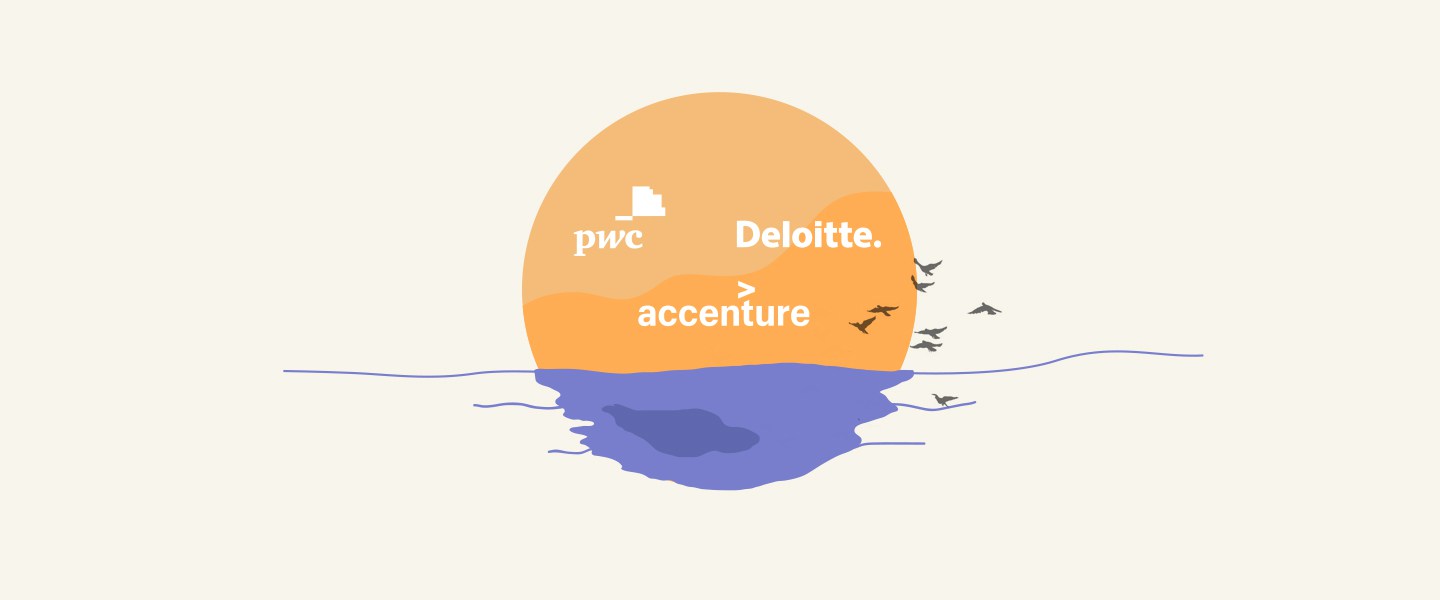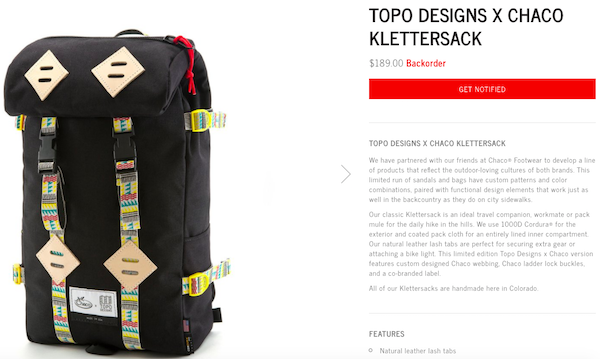Facebook recently launched Brand Collabs Manager, a platform designed to connect influencers with brands. The platform will collect influencer information such as influencer age, gender, location, language, type of posts, topical interest area, content focus and other metrics, as well as links to existing branded content and an insights section which will detail the influencer’s reach and interaction with followers. It will all be presented neatly in an online media kit of sorts.
Brands will be able to input their desired campaign and promotional requirements and then conduct a search using a collection of criteria and filters to arrive at a list of influencers who best meet the needs of the brand and the campaign. Search results pages will display a list of influencers based upon the search criteria, a percentage match to the influencer’s followers and a link to the aforementioned media kit which contains everything the brand needs to know about the influencer.
At this point, there is no charge to either the advertiser or the influencer to use the service, though Facebook will certainly benefit from any resulting partnerships that include paid ad campaign activity on Facebook. There are many players in the influencer marketing space. With influencer marketing set to become a $5-10 billion market segment (according to MediaKix), each and every player will, no doubt, do their best to garner the most from this growth.
With that in mind, it should come as no surprise that there is, quite likely, far more to the launch of Facebook’s Brand Collabs Manager than its current iteration as influencer/brand matchmaking tool.
In a way, social media platforms are somewhat held hostage by their own influencers, users and brands. Most platforms have no control over — and no way to monetize — the organic activity which occurs on their platforms either within posts or buried in comments. Sure, there are guidelines in place that require disclosure but those guidelines only capture a fraction of actual activity.
If Facebook — and every other social media platform — had its druthers, every last post, comment, like, favorite, etc. would be monetized. Since this isn’t and won’t be the case anytime soon, other approaches to monetization must be considered.
It’s clear Facebook would like to capture and monetize as much of this organic activity and the ongoing side deals which occur between brands and influencers as it can in the same way Google wanted in on all the side deal action that was occurring in search. For all intents and purposes, Google has its has its hand in most every element of search. The launch of the Brand Collabs Manager tool just might be Facebook’s first foray into sewing up ownership of the influencer space.
Right now, the tool only pairs brands and influencers within the Facebook platform. Instagram, which Facebook owns, could easily be added into the mix. And while Facebook doesn’t own Twitter, Snapchat and other platforms, there’s no reason the tool — either through acquisition of other, already existing tools or through other methods — couldn’t aggregate all influencer data and offer up a full-fledged tool which would serve the entire influencer space; sort of the way Google now serves pretty much the entire search space.
Yes, there are other, smaller players which provide portions of this solution, but Facebook being Facebook, it’s easy to see this as a first step toward further capitalizing on every possible element of brand/influencer interaction in the space.
While Facebook acknowledges it’ll never be able to directly monetize every last social media interaction, it can certainly indirectly capitalize on a large percentage of brand and influencer activity by becoming the single major platform that connects brands with influencers across multiple platforms.
Would advertisers pay for a tool that easily connected their brand with every possible influencer, no matter their preferred platform? Would content creators pay for preferential placement within the tool thereby increasing their chances of being matched with a brand? Do advertisers and content creators pay Google to increase their chances of connecting with consumers? Yes. Yes, they do. It should be no surprise then that Facebook likely envisions themselves as the Google of influencer marketing.
Feature Image Credit: Shutterstock
By
Serial AdTech and Martech entrepreneur, writer and speaker. CSO/CTO of Pepperjam, an AdTech performance marketing company.

























